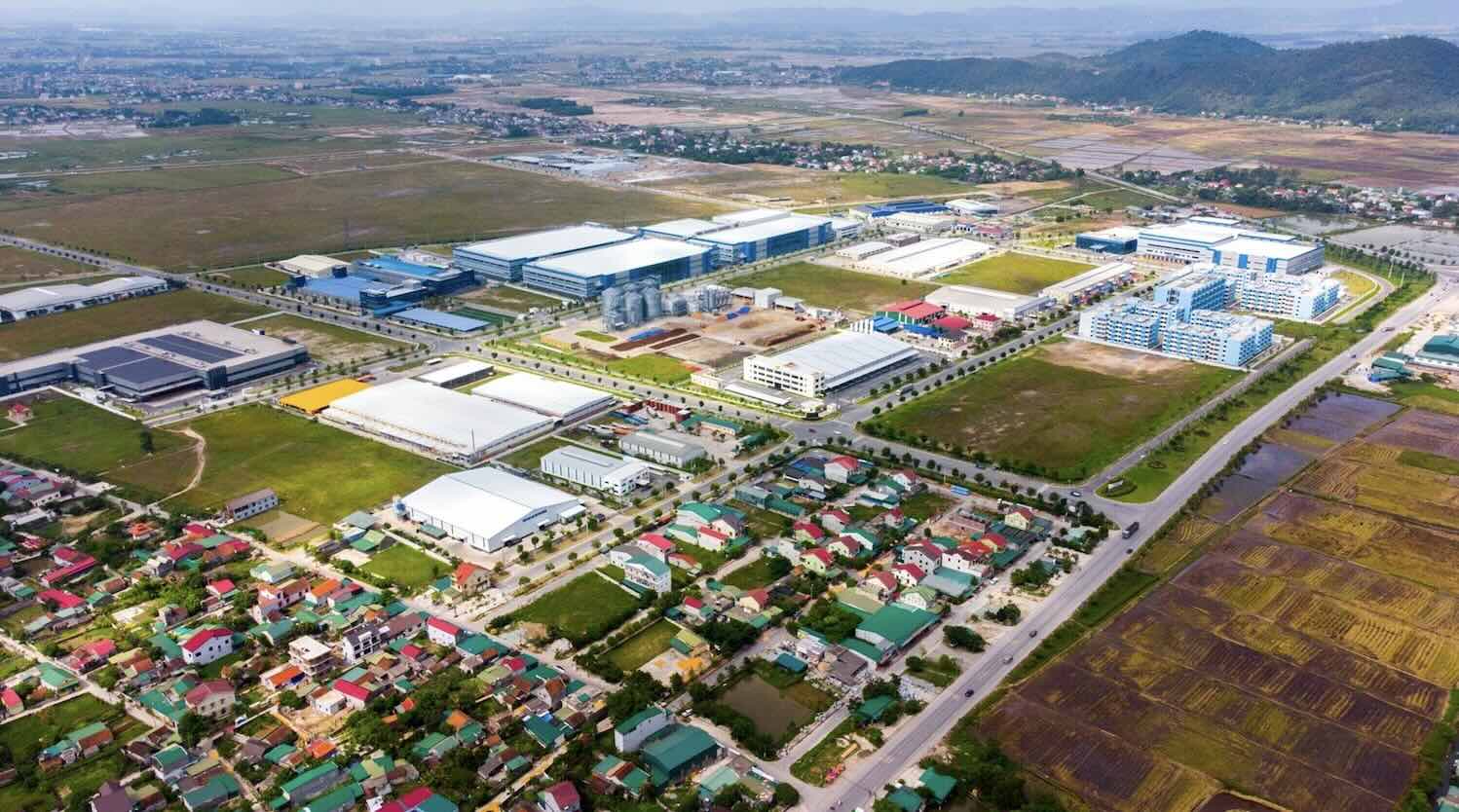Streamlining management, expanding land funds
Sharing with Lao Dong reporter, Mr. Thomas Rooney - Deputy Director of Savills Hanoi Industrial Consulting Department - said that the synchronous implementation of the merger will help form integrated urban - industrial ecosystems, increasing attractiveness to international investors.
When administrative boundaries are expanded, localities can plan more industrial parks with larger areas, thereby creating more options for businesses. The increased supply of industrial land will help reduce the shortage in key areas, while promoting the formation of specialized industrial parks such as automobile support, semiconductor components, etc.
Localities that already have advantages in infrastructure, labor and investment environment, if merged and unified, will improve competitiveness and get closer to international development standards, said Mr. Thomas.

Immediate challenges, long-term benefits
Adjusting administrative boundaries will directly affect related processes such as land use planning, investment licensing, environment and construction. In the initial stage, businesses may face difficulties due to changes in management units or unsynchronized policies.
However, according to Mr. Thomas, this is an opportunity to rebuild the administrative apparatus in a more transparent and efficient direction.
Industrial real estate really needs stability and clarity in planning. When the new localities can unify procedures and policies, it will open up opportunities for large-scale industrial parks, integrating logistics, inter-regional transportation and satellite cities, he said.
Changing boundaries also affects workers' residence planning and traffic connections. This is a challenge if there is a lack of preparation, but it is also an opportunity to restructure the labor supply network by region and inter-province.
If the merger process is associated with infrastructure investment - especially beltways, seaports, airports and digital infrastructure - industrial parks will no longer be limited by administrative boundaries. Enterprises can access a more diverse workforce, with more optimal operating costs.
Enterprises need to proactively adapt
The transition period is expected to last from two to three years, an important time for businesses to proactively grasp information, establish relationships with the new government and adjust land use plans.
On the management agency's side, the prerequisite is clear communication about the conversion roadmap. Proactively dialogue and support businesses, especially small and medium enterprises, will help maintain trust and investment capital flow.
"The merger of provinces is an administrative turning point that directly affects the development space. If implemented with a long-term vision and synchronous coordination, this could be a boost to bring Vietnam's industrial real estate to new heights in the global supply chain" - Mr. Thomas concluded.











